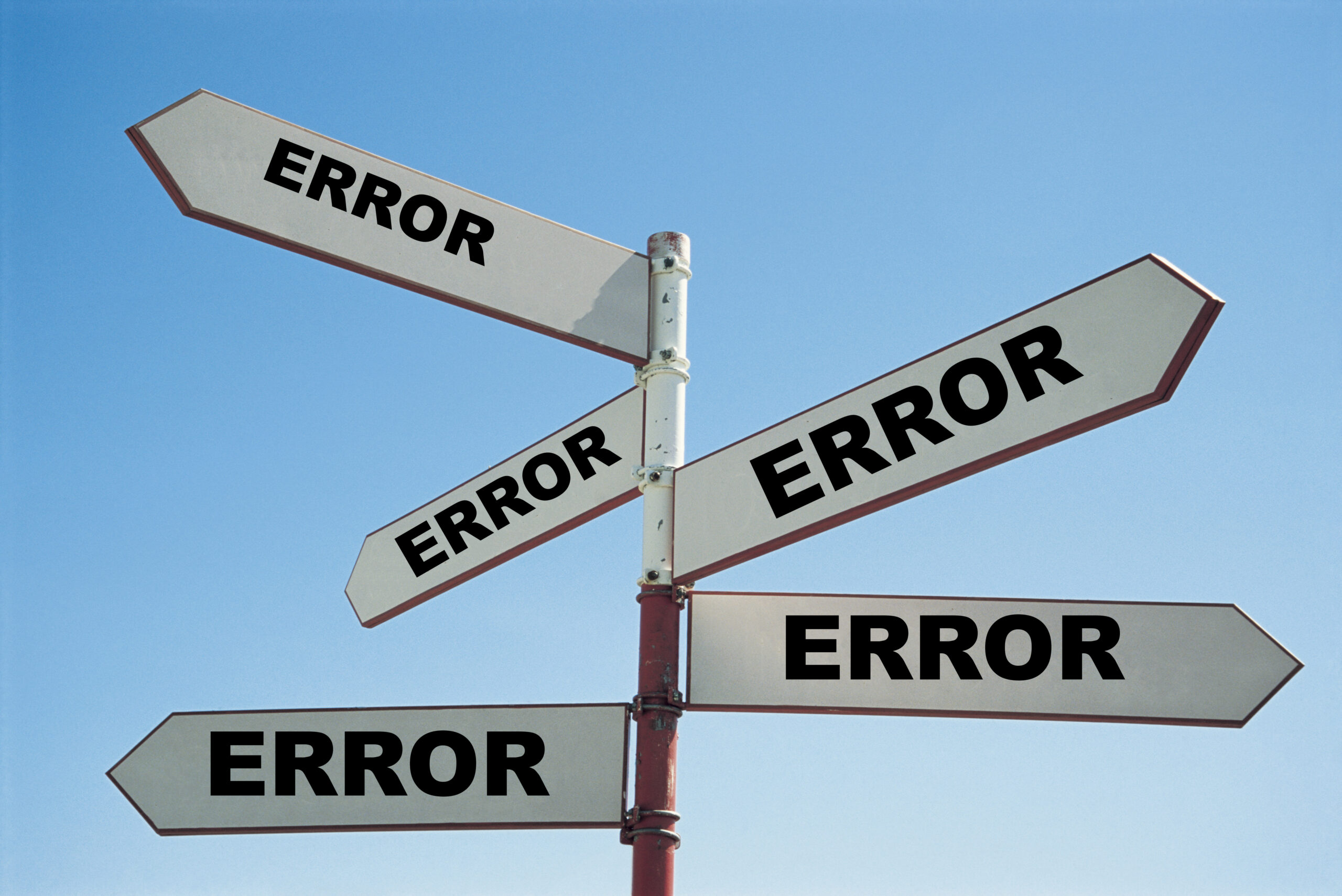The Best Option Is Obviously Not the Only Option | McDermott Will & Emery
Following a jury verdict finding infringement of two patents and awarding $2.2 billion, the Patent Trial & Appeal Board issued a final written decision finding all claims in one of the asserted patents invalid. The Board explained that an asserted prior art combination only needs to be a suitable option, not the best option. Patent Quality Assurance, LLC v. VLSI Tech. LLC, Case No. IPR2021-01229 (June 13, 2023) (Giannetti, McNamara, Melvin, APJs).
In March 2021, a jury found that Intel infringed two patents owned by VLSI. On July 7, 2021, Patent Quality Assurance filed an inter partes review petition against all claims of one of the patents Intel was found to infringe. The Board instituted review. After institution, Intel filed an identical petition and motion for joinder, both of which were granted.
The challenged patent is directed to a method of determining the minimum operating voltage for integrated-circuit memory, storing the value of that voltage in nonvolatile memory, and using the value to determine when an alternative power-supply voltage may be switched to the memory to ensure that the minimum operating voltage is met. Intel challenged the claims of the patent based primarily on a combination of three prior art references.
VLSI raised numerous arguments for why the combination of prior art references did not teach the claimed invention. VLSI argued that a skilled artisan would not have had reason to regulate the power supply voltage of one reference with the voltage regulator of another. VLSI asserted that there would have been no need to use the switching mechanism if voltage regulation was available from the outset. The Board disagreed and quoted the US Court of Appeals for the Federal Circuit’s 2022 decision in Intel v. Qualcomm, which stated that “a petitioner is required to show only that there is something in the prior art as a whole to suggest the desirability of making the combination, not whether there is something in the prior art as a whole to suggest that the combination is the most desirable combination available.”
The Board reiterated this theme in response to another of VLSI’s arguments. VLSI contended that a person of skill in the art would not have combined the prior art disclosure of a system for determining minimum operating voltages and storing them in nonvolatile memory with a reference that uses SRAM, a type of volatile memory commonly used as an alternative to nonvolatile memory. The Board again noted that “there is no requirement that an asserted combination is the best option, only that it be a suitable option.”
Given the jury’s verdict and damages award in the district court case, VLSI also argued that the jury’s verdict showed commercial success and was objective indicia of nonobviousness. As part of its analysis, the Board reiterated that the nexus between the alleged commercial success and the asserted patent claims must be both embodied by the commercial product and coextensive with them. The Board went on to find that “the record before [the Board] does not show that [the commercial products] underlying the infringement verdict are coextensive with the invention disclosed and claimed.” In particular, the Board cited to VLSI’s own damages expert, who conceded that “many of the thousands of other features [in the accused products] have nothing to do with what Patent Owner accuses.” Accordingly, the Board found that Intel demonstrated, by a preponderance of the evidence, that the challenged claims were unpatentable.
[View source.]




